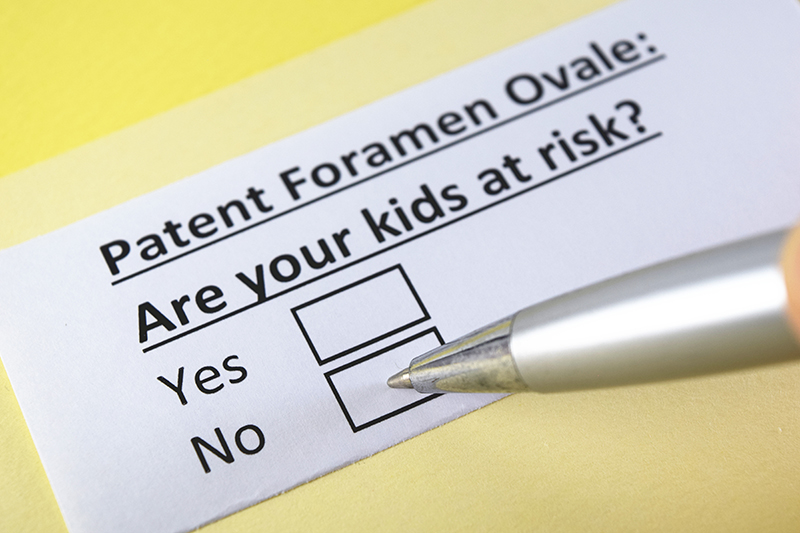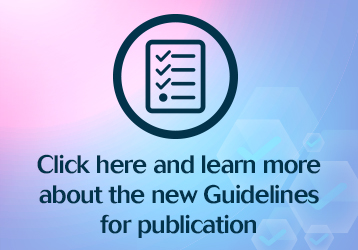Volume 33, Nº 4, July and August 2020
DOI: https://doi.org/10.36660/ijcs.20190075
ORIGINAL ARTICLE
The Role of Patent Foramen Ovale Closure in the Secondary Prevention of Cryptogenic Stroke: a Meta-Analysis Report
Sónia P. Pinto Pereira
Alzira Nunes
Cristina Santos
Scott E. Kasner
José P. L. Nunes

Abstract
Background: Patent foramen ovale (PFO) closure has been compared to medical therapy for secondary prevention of recurrent cryptogenic stroke.
Objectives: To produce an updated meta-analysis including only data from the primary analyses of clinical trials and to evaluate the role of PFO closure in the secondary prevention of recurrent stroke.
Methods: Search in Medline (PubMed) and in ISI Web of Knowledge. Parameters under analysis and meta-analyses were: stroke, transient ischemic attack (TIA) and atrial fibrillation (AF). Comprehensive Meta-analysis Software V.2.0 (Biostat) was used. Random-effects analyses were carried out. A level of significance of 5% was used.
Results: In this study six, randomized trials enrolling 3,750 patients were included. Unlike other published metaanalyses on the same topic, in this case, only clinical trial data, and not follow-up data, were used. PFO closure, as compared with medical therapy alone, demonstrated superiority in reducing the rate of recurrent stroke (risk ratio with PFO closure vs. medical therapy, 0.37; 95% confidence interval [CI], 0.17 to 0.78; p = 0.01). PFO closure did not offer a significant benefit in prevention of TIA (risk ratio with PFO closure vs. medical therapy, 0.96; 95% CI, 0.64 to 1.44; p = 0.85). Among patients assigned to closure group, an increased risk of atrial fibrillation was seen (risk ratio with PFO closure vs. medical therapy, 4.64; 95% CI, 2.38 to 9.01; p < 0.01).
Conclusions: In patients with cryptogenic stroke who had a patent foramen ovale, a protective effect of closure was seen concerning the risk of recurrent stroke, but not regarding the prevention of TIA. (Int J Cardiovasc Sci. 2020; 33(4):307-317)
Keywords: Foramen Ovale Patent/Diagnosis; Stroke; Isquemic Attack, Transient; Atrial Fibrillation; Risk Factors; Stroke/Prevention and control.











